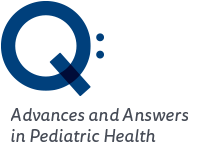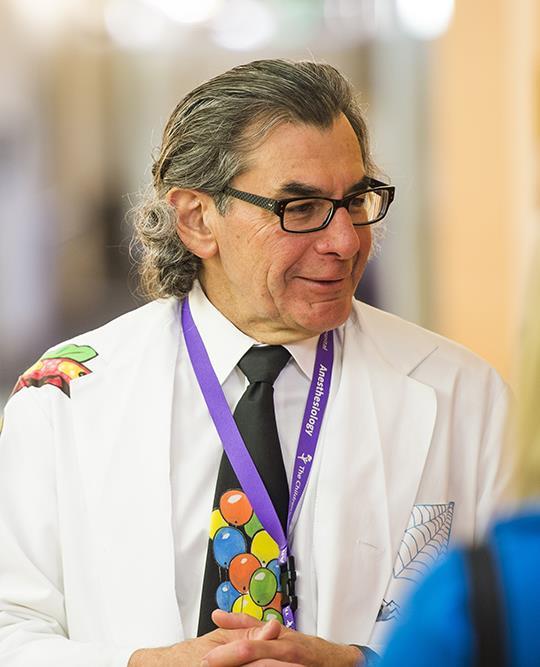- Doctors & Departments
-
Conditions & Advice
- Overview
- Conditions and Symptoms
- ¿Está enfermo su hijo?
- Parent Resources
- The Connection Journey
- Calma Un Bebé Que Llora
- Sports Articles
- Dosage Tables
- Baby Guide
-
Your Visit
- Overview
- Prepare for Your Visit
- Your Overnight Stay
- Send a Cheer Card
- Family and Patient Resources
- Patient Cost Estimate
- Insurance and Financial Resources
- Online Bill Pay
- Medical Records
- Política y procedimientos en el hospital
- Preguntamos Porque Nos Importa
-
Community
- Overview
- Addressing the Youth Mental Health Crisis
- Calendar of Events
- Child Health Advocacy
- Community Health
- Community Partners
- Corporate Relations
- Global Health
- Patient Advocacy
- Patient Stories
- Pediatric Affiliations
- Support Children’s Colorado
- Specialty Outreach Clinics
Your Support Matters
Upcoming Events
Colorado Hospitals Substance Exposed Newborn Quality Improvement Collaborative CHoSEN Conference (Hybrid)
lunes, 29 de abril de 2024The CHoSEN Collaborative is an effort to increase consistency in...
-
Research & Innovation
- Overview
- Pediatric Clinical Trials
- Q: Pediatric Health Advances
- Discoveries and Milestones
- Training and Internships
- Academic Affiliation
- Investigator Resources
- Funding Opportunities
- Center For Innovation
- Support Our Research
- Research Areas

It starts with a Q:
For the latest cutting-edge research, innovative collaborations and remarkable discoveries in child health, read stories from across all our areas of study in Q: Advances and Answers in Pediatric Health.



Headache is a complex disorder and every patient develops headache by a different pathway, featuring their own unique genes, social factors, hormones, and environment. To ensure the best treatment of my patients, I strive to identify these factors and in combination with current scientific evidence on headache treatment, develop the best plan for the child and family to reduce the burden of headache.
Get to know Jennifer Hranilovich, MD
- Migraine
My primary clinical interest is in headache, but I also treat other neurologic conditions in children such as epilepsy.
Undergraduate 2009
University of California–Los Angeles (CA)
Medical Education 2013
Washington University in St. Louis School of Medicine
Residency 2018
University of Utah Medical Center Program
Residency 2018
University of Utah Medical Center Program
Fellowship 2019
Brigham and Women's Hospital/Children's Hospital/Harvard Medical School Program
For Patients:
My research interests are primarily focused on the way in which hormones such as estrogen and testosterone influence the development of headache in puberty as well as the changes in brain structure and function that show us how this development happens. A particular group of patients in which I study this is transgender youth, with my primary research technique involving imaging of the brain using magnetic resonance imaging (MRI).
My research interests are primarily focused on the way in which hormones such as estrogen and testosterone influence the development of headache in puberty as well as the changes in brain structure and function that show us how this development happens. A particular group of patients in which I study this is transgender youth, with my primary research technique involving imaging of the brain using magnetic resonance imaging (MRI).
For Referring Providers:
My primary clinical interest is in the neuroimaging of sex differences in brain development. The nexus with headache comes with the fact that the overall prevalence of headache in women is about twice that in men. This difference in prevalence starts in adolescence when estrogen rises significantly in girls, and many think that estrogen plays a role in this sex difference in headache, particularly migraine. Evidence from prior studies suggests that the rise in average estrogen levels at puberty guides the development of brain structure and function, including areas key to headache. Challenges in studying this clinically are that estrogen is one of several hormones that change at puberty and that estrogen is released cyclically. Clinical studies have shown that in adult women the monthly drop in estrogen level often triggers migraine. Thus, separating the overall effect of estrogen on brain development and headache from the effect of cycling estrogen is difficult. A unique and increasing population in which change in estrogen at puberty is isolated from other hormones and in which estrogen is given in a steady state rather than cycling is the transfemale patient population. Treatment for transfemale adolescent girls includes suppression of testosterone at puberty and initiation of estrogen. My research seeks to support the hypothesis that exposure to estrogen at puberty increases the risk for incidence of headache. Thus transfemale male-to-female youth who receive estrogen will have a higher incidence of headache than cis-gender boys who do not receive estrogen. I am engaged in study of this hypothesis by evaluating headache incidence and brain structure and function in male-to-female transfemale youth and by comparing this to matched cis-gender boys who do not receive estrogen. My goal is to increase our understanding of how and when estrogen changes risk of developing headache in puberty.
My primary clinical interest is in the neuroimaging of sex differences in brain development. The nexus with headache comes with the fact that the overall prevalence of headache in women is about twice that in men. This difference in prevalence starts in adolescence when estrogen rises significantly in girls, and many think that estrogen plays a role in this sex difference in headache, particularly migraine. Evidence from prior studies suggests that the rise in average estrogen levels at puberty guides the development of brain structure and function, including areas key to headache. Challenges in studying this clinically are that estrogen is one of several hormones that change at puberty and that estrogen is released cyclically. Clinical studies have shown that in adult women the monthly drop in estrogen level often triggers migraine. Thus, separating the overall effect of estrogen on brain development and headache from the effect of cycling estrogen is difficult. A unique and increasing population in which change in estrogen at puberty is isolated from other hormones and in which estrogen is given in a steady state rather than cycling is the transfemale patient population. Treatment for transfemale adolescent girls includes suppression of testosterone at puberty and initiation of estrogen. My research seeks to support the hypothesis that exposure to estrogen at puberty increases the risk for incidence of headache. Thus transfemale male-to-female youth who receive estrogen will have a higher incidence of headache than cis-gender boys who do not receive estrogen. I am engaged in study of this hypothesis by evaluating headache incidence and brain structure and function in male-to-female transfemale youth and by comparing this to matched cis-gender boys who do not receive estrogen. My goal is to increase our understanding of how and when estrogen changes risk of developing headache in puberty.


Jennifer Disabato, CPNP-AC/PC
Certified Pediatric Nurse Practitioner, Certified Pediatric Nurse Practitioner

Timothy Benke, MD
Neurology - Pediatric


Allyson Alexander, MD
Neurosurgery, Neurosurgery - Pediatric

Corbett Wilkinson, MD
Neurosurgery, Neurosurgery - Pediatric

Michael Handler, MD
Neurosurgery, Neurosurgery - Pediatric

Kristen Park, MD
Neurology - Pediatric, Neurology




 720-777-0123
720-777-0123



